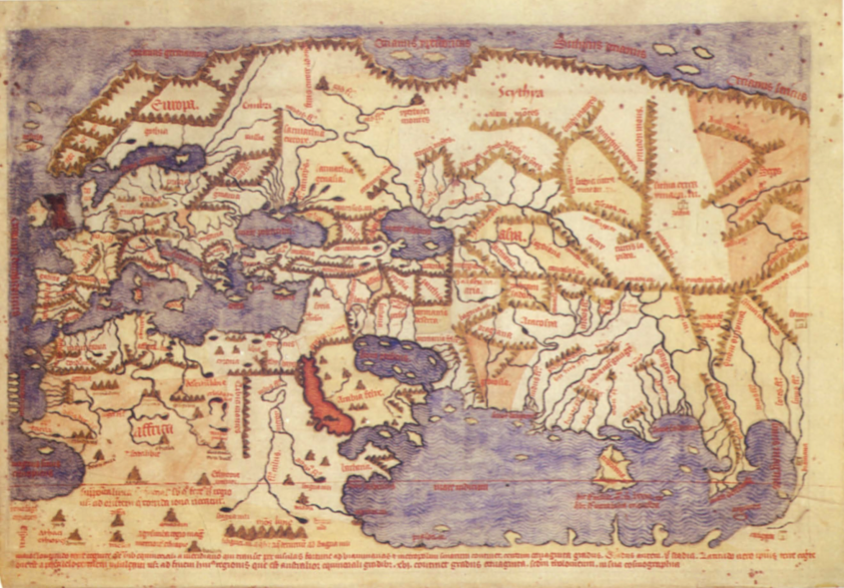Over the years, these maps were utilized in schools and schools, offices and in properties for the purpose of education and/or reference. These maps was previously in paper-printed two-dimensional formats. Now three-dimensional, active or vibrant maps represent more accurate and up-to-date information.

The art and science of map-making is named cartography. Routes are created representing political, geographical and different particular aspects. All the maps are drawn on a scale, claim 1: 10,000, indicating any particular one system of measurement on the chart presents 10,000 devices on the land. Maps depicting land places are called’political routes’or’bodily routes ‘. Political routes display area limits or territorial boarders between states and provinces, claim those between India and China or Maharashtra and Gujarat. Bodily maps show geographical characteristics such as ground design, hills, deserts, plateaus, streams, land below use, etc.
Cartographers work with a system named’projection’to show the three-dimensional data of the outer lining of the Planet to a two-dimensional presentation. The’Mercator Projection’is the most used projection for the place of the world. In the aeronautical kingdom, they use conical projections. With the galloping advances in the info engineering, cartography has accomplished better sophistication. Geographical Information System (GIS) has made it more medical, appropriate and flexible to fluctuations in a variety of fronts. Marking is the machine of specifying geographic features like towns, lakes, streams, etc. in a map. For cartographers, marking is difficult with the escalation in density.
Antique world place collectors are several people that have an interest in seeing the world because it has changed around ages. Vintage collectors are not just thinking about seeing record evolve through routes, but the grade of place creating, as well. Many place collectors likewise have an interest in historic military and cartography.
Routes have already been used to help with the discovery and colonization of the world. Traditional earth maps were frequently superbly colored and made. Traditional road artists were very skilled at drawing and painting areas with ideal detail. Traditional maps have evolved from the occasions of historical Egyptian hieroglyphics, to Native National group place pictures, and to the Western pictures of their naval discoveries.
Since that time, ancient routes have now been pulling explaining the colonization of the United States of America. Not only did the Native Americans draw maps of their tribes through the entire ages, but immigrants have been pulling detailed routes of boundaries and territories from the full time they start coming around here, through the entire Revolutionary, Mexican, and Civil Conflicts, to where we’re today.
Since of those maps, most of us today are able to study the entire world because it was for our ancestors. There are some who now acquire historical routes to greatly help them with ancestry projects. Ancient routes used along side old census documents makes it simple to monitor our ancestors’minutes over the years. No real matter what continent our ancestors descends from, genealogy routes allows people the capacity to track their actions all across the globe! Those of us with Indigenous American ancestry can follow them while they transferred throughout North and South America within the centuries.
The market for vintage world routes is raising with new customers every year. The pleasure that old and genealogy routes provide people, for whatsoever reason(s), is scattering to others. Ancient maps really give us an insight not to only our own household heritage, but the entire world’s.
Maps are produced for the entire world, the continents, the places, the provinces or states, smaller products like districts, towns, towns, etc. For example, you’ll have the road of India, cartography US maps for printing states and cities, road of Haryana, or the map of Gurgaon. Routes of towns display the roads, rails and other downtown transportation paths, landmarks like streams, ponds, historical monuments, important institutions, bazaars, etc.
